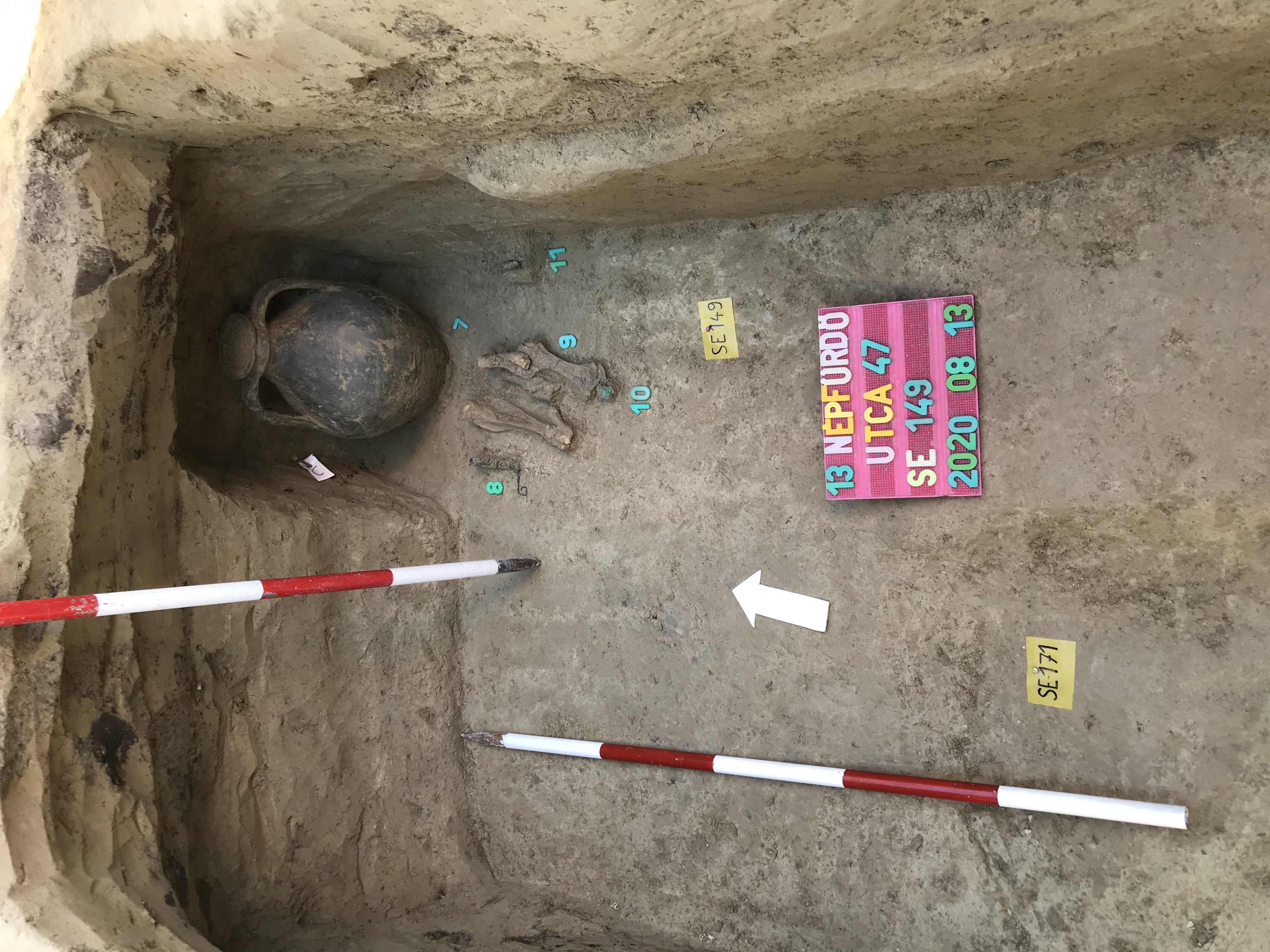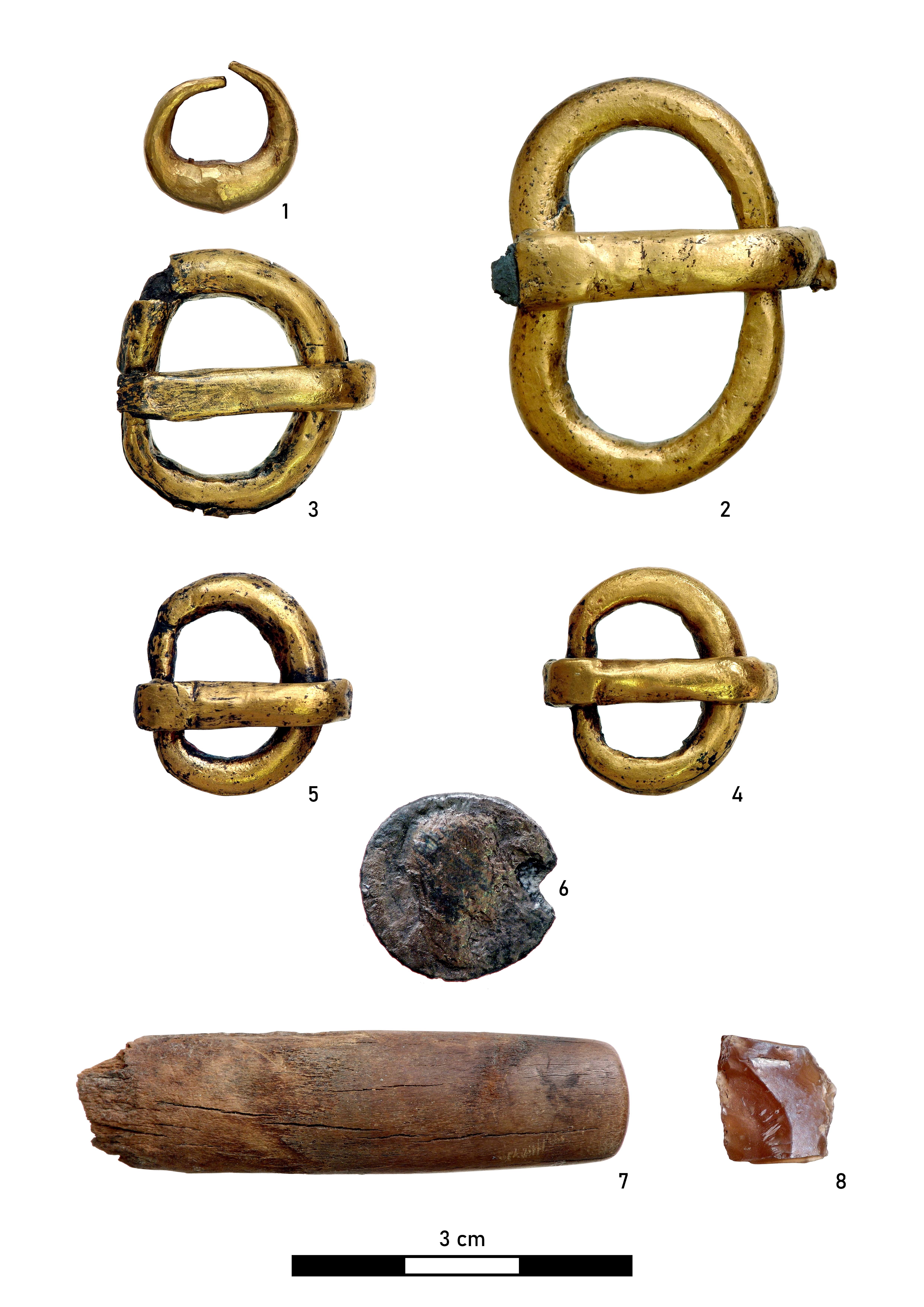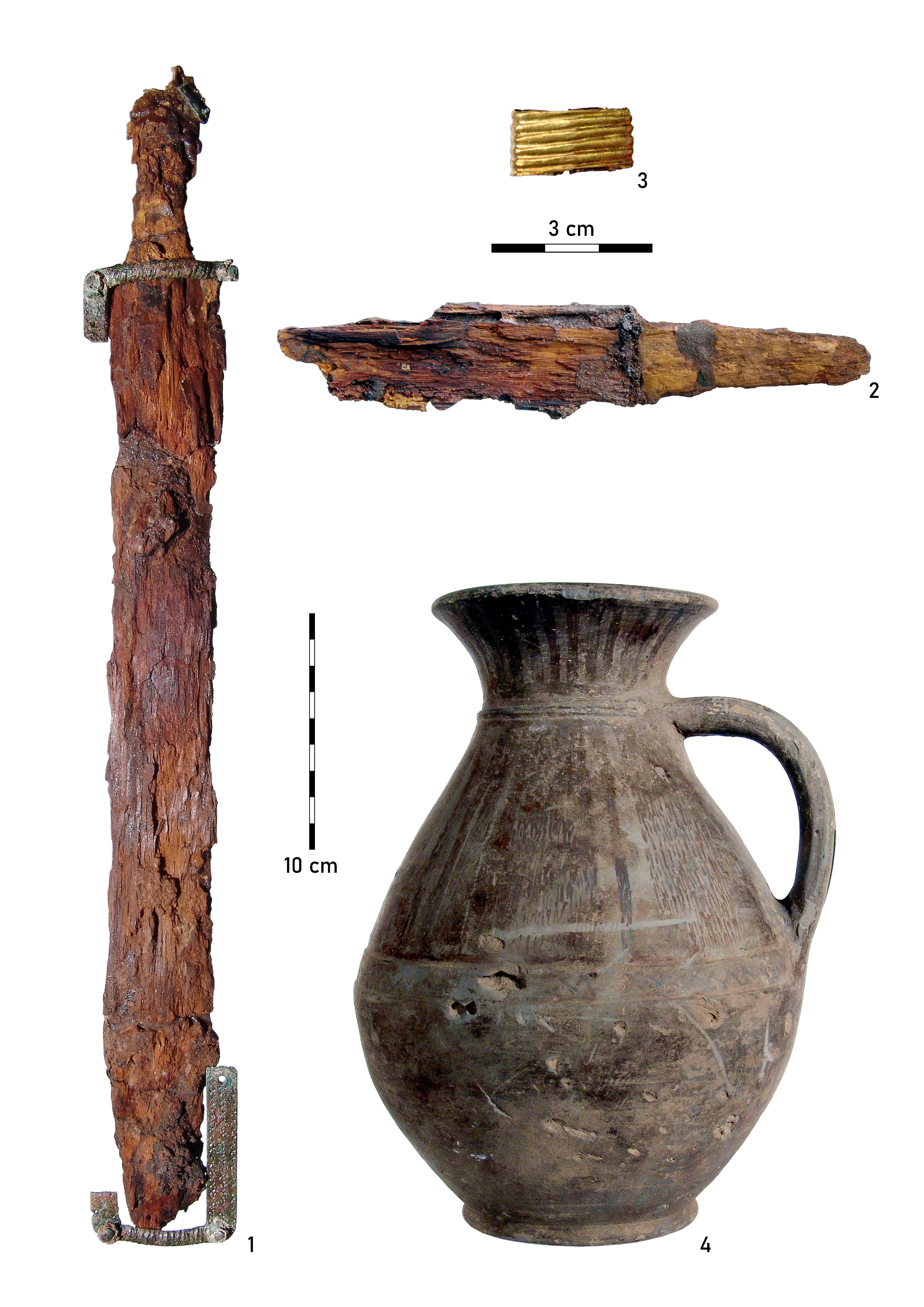Our institute has contributed to a new international archaeogenetic study that provides exciting insights into the origins of the Huns in the Carpathian Basin.
The European Huns appeared in Europe in the 370s AD, establishing a significant but short-lived empire that lasted until the mid-5th century. According to the most widely accepted historical perspective, the origins of the European Huns can be traced back to the Xiongnu Empire, which was centered in present-day Mongolia. However, nearly 300 years elapsed between the collapse of the Xiongnu Empire and the emergence of the European Huns, raising numerous questions regarding the ethnic and linguistic origins of the Huns. The situation is further complicated by the fact that archaeological finds linking the 5th-century Carpathian Basin to the Eurasian steppe are sporadic. However, new archaeogenetic methods have provided answers regarding the genetic connections of these individuals, few in number but possessing a distinct steppe-associated material culture.
A study published in Proceedings of the National Academy of Sciences (PNAS)—conducted under the leadership of researchers from Eötvös Loránd University and the Max Planck Institute for Evolutionary Anthropology in Leipzig, as part of the HistoGenes ERC Synergy Grant (No. 856453) funded by the European Research Council—analyzed the genomes of 35 individuals. Among these, 23 originate from the 5th–6th century AD Carpathian Basin, while the others are from Central Asia between the 2nd and 5th centuries AD or belong to the Mongolian steppe's Xiongnu period, which spanned from the 2nd century BC to the 1st century AD.
 Excavation photo of the male grave from Népfürdő Street, Budapest (late 4th century / 5th century). A large jug is placed in a niche behind the head. Photo: Boglárka Mészáros, BTM Aquincum Museum and Archaeological Park
Excavation photo of the male grave from Népfürdő Street, Budapest (late 4th century / 5th century). A large jug is placed in a niche behind the head. Photo: Boglárka Mészáros, BTM Aquincum Museum and Archaeological Park
Many researchers consider the European Huns to be an expanding conglomerate of steppe warriors of mixed origins, who migrated westward due to various factors, including economic, climatic, and environmental changes. The newly published study's key findings indicate that the population of the European Hunnic Empire was genetically highly heterogeneous. However, individuals whose burial goods suggested eastern connections—likely members of the military elite—exhibited a mixture of East and West Eurasian genetic components. Autosomal haplotype relationships revealed that some elite Xiongnu individuals had genetic descendants in the eastern-influenced burials of the Hunnic period Carpathian Basin. These individuals displayed significant Northeast Asian genetic components, with the strongest genetic links pointing toward former Xiongnu territories and some sites west of the Altai Mountains.
 Grave goods from the 5th-century male burial in Kecskemét. Photo: Katona József Museum, Kecskemét.
Grave goods from the 5th-century male burial in Kecskemét. Photo: Katona József Museum, Kecskemét.
A crucial finding of the study is that, based on a comprehensive examination of 371 5th–6th century AD burials in the Carpathian Basin, only a small proportion (6%) of individuals displayed Northeast Asian or steppe-related genetic elements. Moreover, most of these individuals were found in the aforementioned burials with eastern parallels, mainly located east of the Danube River. These results suggest that large-scale communities with Northeast Eurasian origins were not present in the Carpathian Basin during this period.
Overall, the study concludes that the 4th–5th century migration of the Huns into Europe differed from the later migration of the Avars in the mid-6th century. While the Avars arrived rapidly and directly from East Asia, the Huns were genetically and culturally diverse, suggesting a more complex migration process. Further insights into this process are expected through the genetic identification of additional ancient Eurasian populations.
 Grave goods from the 5th-century male burial in Kecskemét. Photo: Kecskemét Katona József Museum.
Grave goods from the 5th-century male burial in Kecskemét. Photo: Kecskemét Katona József Museum.
The research was led by Guido Alberto Gnecchi-Ruscone, Johannes Krause, and Zuzana Hofmanová (Max Planck Institute for Evolutionary Anthropology, Department of Archaeogenetics, Leipzig), Zsófia Rácz (Eötvös Loránd University, Institute of Archaeological Sciences), and Walter Pohl (Institute for Medieval Studies, Austrian Academy of Sciences), with the collaboration of 28 co-authors. From our institute, Anna Szécsényi-Nagy, Balázs Gusztáv Mende, and Balázs Gyuris contributed as co-authors to the study.
Press publications:
Live Science: Ancient DNA reveals mysterious origins of the Huns who sacked Rome
phys.org: Origin and diversity of Hun empire populations: Research finds far-reaching genetic ties


